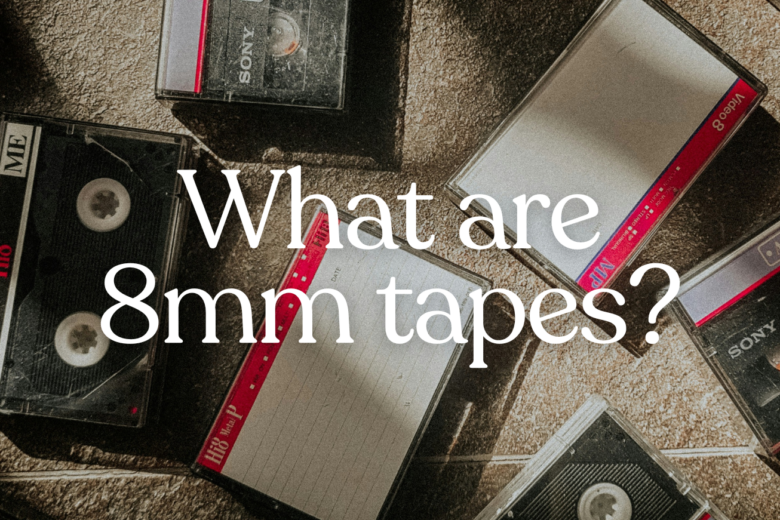In today’s digital world, it can be easy to forget where we came from. However, this age of smartphones, cloud storage, and ultra-high definition image recording is only made possible thanks to the technology that came before.
In this blog, we’ll be looking at one of the most crucial innovations in video technology — the 8mm tape. Read on to find out everything you need to know about the format!
What are 8mm tapes?
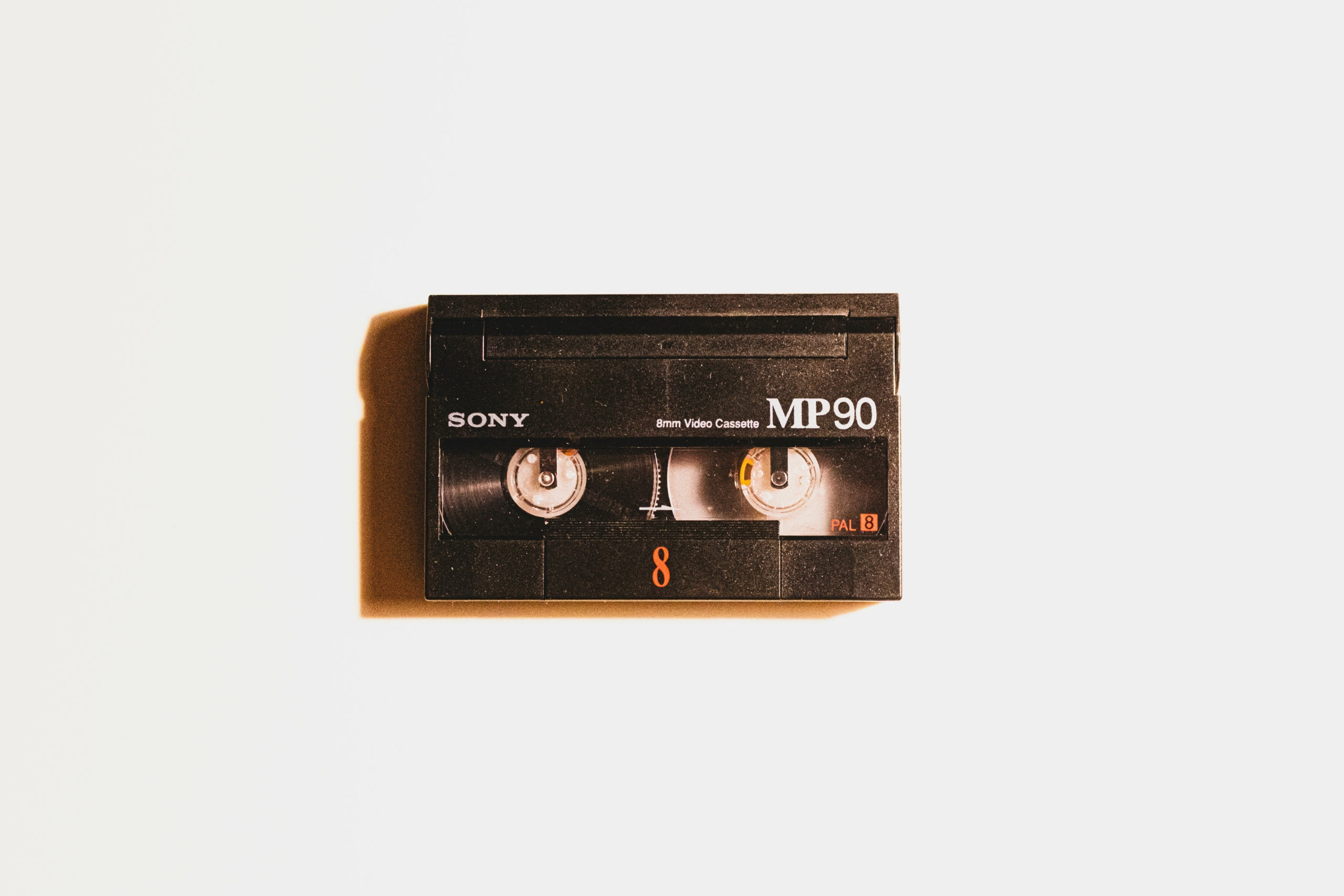
It might be a bit confusing but the term “8mm tapes” actually refers to multiple formats. When talking about 8mm tapes, most commonly this means Video8, Hi8, and Digital8 tapes. We’ll go into the differences between these tapes later on but for now, when we refer to 8mm tapes, we’re talking about these three types.
8mm tapes look a lot like audio tapes, leading to some confusion due to their similar dimensions. However, they are thicker than audio tapes and function differently. 8mm tapes work much like VHS tapes but they are roughly a third of size.
In terms of how 8mm tapes actually work, a small strip of magnetic tape is wound between two spools and cased in plastic. Video data is stored on the magnetic tape and read using the appropriate player to produce video playback that can be watched. Again, there are differences between how the data is encoded on the different types of 8mm tapes and the players used to read them.
A brief history of 8mm tapes
The 8mm tape format was first introduced in 1984 following an agreement between 127 leading companies to endorse the new format. Kodak was the first to announce the 8mm in 1984, with Sony following up in 1985 with one of the first commercially available 8mm camcorders, the Handycam.
The smaller size of the Handycam compared to other camcorders available at the time — like the Betamax — made it an instant hit. Later in the year, Sony released an even smaller model of the Handycam, the CCD-M8.
Other manufacturers followed suit by producing their own 8mm camcorders, despite initial reluctance to move away from the VHS-C format. These first iterations of the 8mm camcorders used the Video8 format, with their main competition being VHS-C throughout their lifespan. The Hi8 format was released in 1989 by Sony as a response to the release of Super VHS. The Hi8 format was a marked improvement over Video8 and Hi8 camcorders were backwards compatible with their older counterparts.
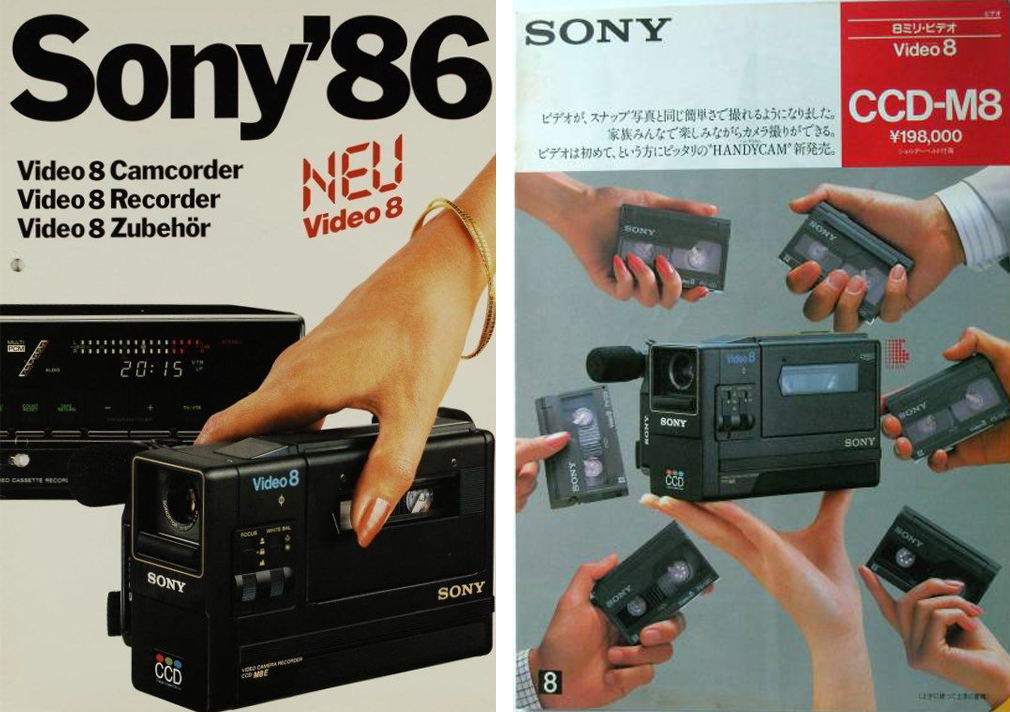
After Sony blazed the trail with Hi8, other companies like Canon, Nikon, and Samsung followed suit with their own Hi8 camcorders. 1999 brought the final of major innovation in the 8mm format — Digital8. As you might have guessed by the name, these 8mm tapes use digital data rather than the analog format used by the previous two iterations.
The main competitor to Digital8 was MiniDV, an even more compact format. Despite Digital8 being theoretically comparable to MiniDV, it proved to be outstripped by its competitor. By 2005, only Sony was still selling Digital8 camcorders, with their main market being as entry-level devices.
As technology continued to advance, the 8mm format became less and less popular. With higher-quality and more convenient formats arriving on the market, 8mm tapes are now essentially obsolete. The final 8mm camcorders were discontinued in 2007 and the format is now only used by collectors and enthusiasts.
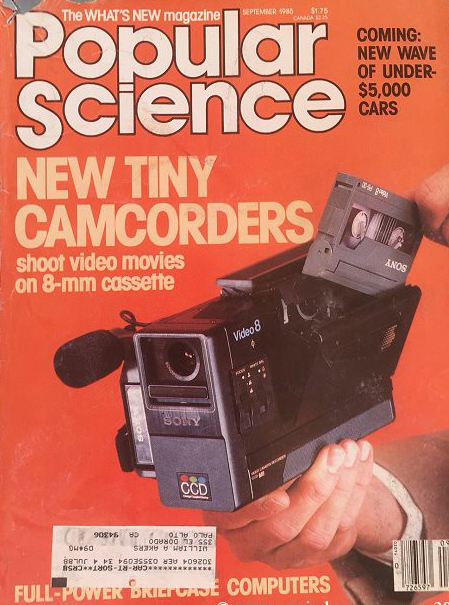
What is the difference between Video8, Hi8, and Digital8?
So, now we’ve gone through a quick history of the 8mm tape, let’s take a look at the precise differences between the three main types — Video8, Hi8, and Digital8.
The first 8mm tape released, Video8, was a purely analog format. These tapes provided comparable video output to VHS and Beta-II. However, Video8 tapes produce better audio quality due to their leverage of audio frequency modulation technology. Initially, this audio was recorded as mono but was later upgraded to stereo. Video8 tapes also provide superior recording and playback capabilities when compared with their main competitor at the time, VHS-C. One major drawback of Video8, however, was that the tapes could not be played using VHS players, making the format less accessible to consumers.
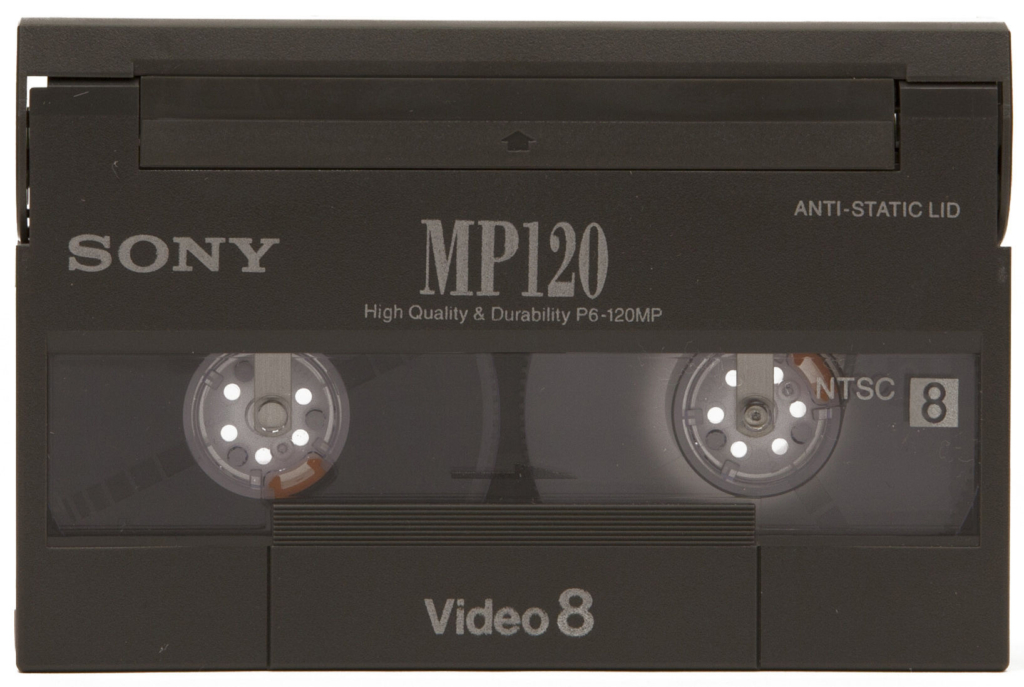
Hi8 brought many improvements over Video8. It was something of a blend of formats, as digital data could be encoded onto the tape using specific equipment. However, it also remained a primarily analog format. Hi8 improved upon Video8 by enhancing both video and audio quality. Hi8 tapes utilized improved tape formulation and higher quality recording mechanisms, resulting in sharper images and better sound reproduction. Much of this was due to the increased recording band of the luminance signal on Hi8 tapes, resulting in quality comparable to Laserdisc.
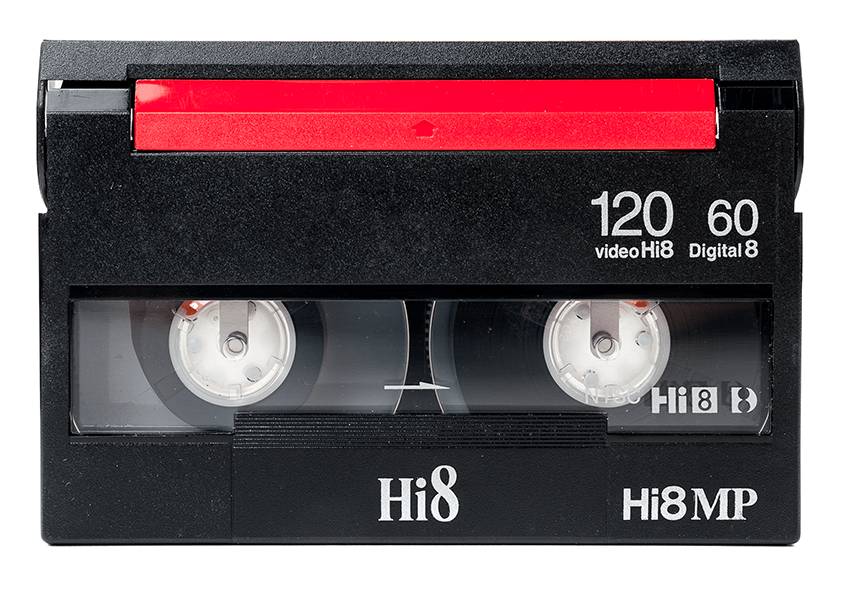
Finally, Digital8 marked a significant shift towards digital technology. Digital8 combined the compact size of 8mm tapes with the superior image quality of digital recording. It recorded video and audio digitally, offering clearer images, better color reproduction, and improved audio fidelity compared to its analog predecessors.

Digitize your 8mm collection with EverPresent
Are you looking for a way to preserve your collection of 8mm tapes? Well, look no further than EverPresent! Each year, our team of experts digitize over 100,000 video tapes of varying formats. In fact, we handle almost every format imaginable, including Video8, Hi8, and Digital8.
We know that every person’s collection is unique and holds special meaning. That’s why our service is fully customizable and never a “one-size-fits-all” solution. We handle your collection in the same way we handle our own — with the care, time, and attention it deserves.
With options for home pickup, over 60 local drop off locations, and free delivery, preserving your treasured memories has never been easier. Get in touch today for a free consultation!

